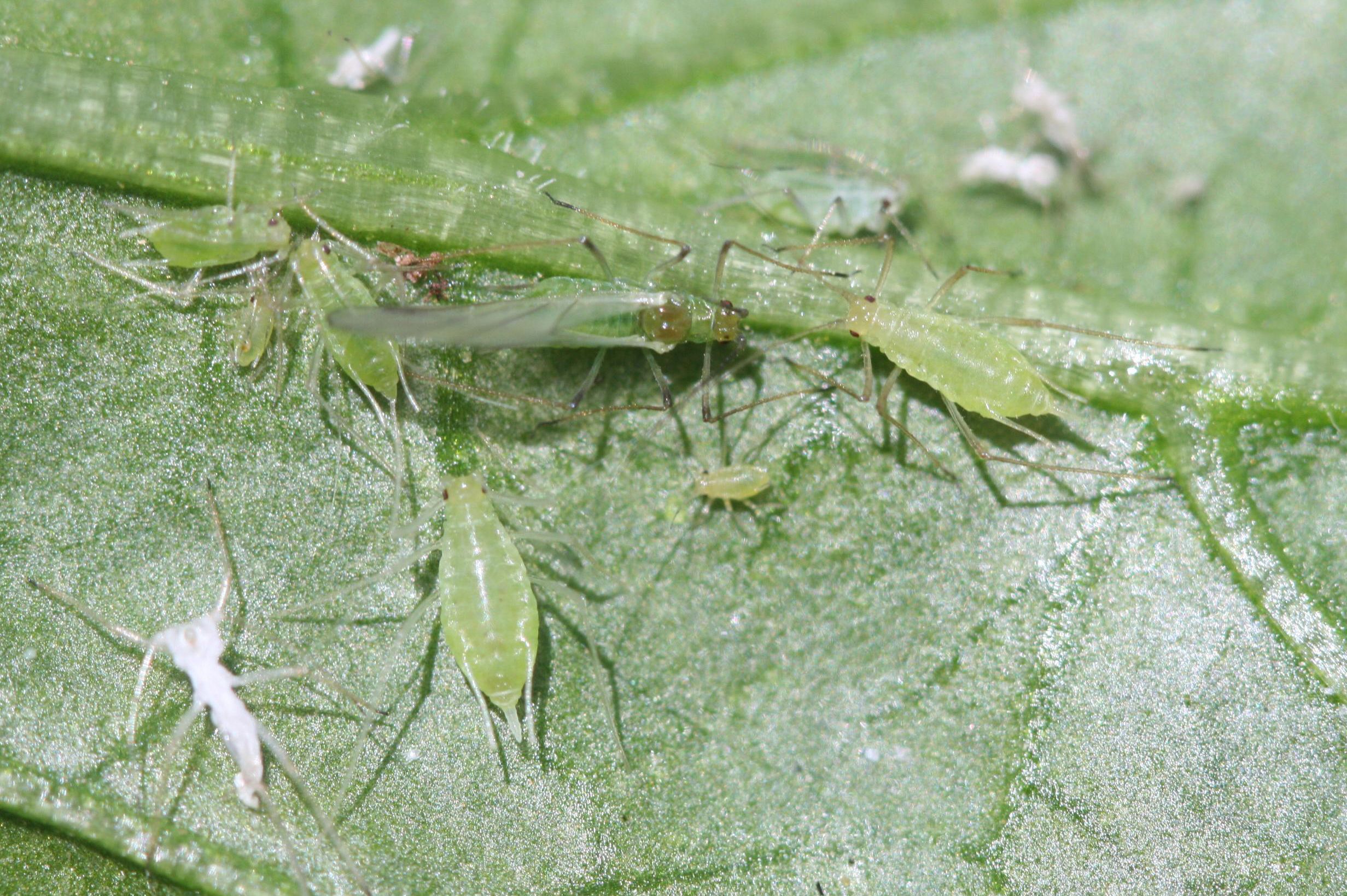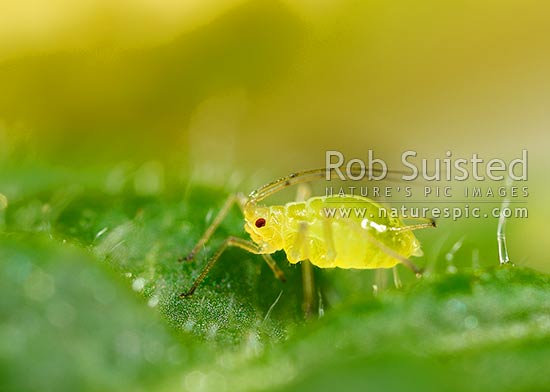Growing Tomatoes: Battling Aphids Naturally

Tomatoes rank among the favorite vegetables for home gardeners, prized for their juicy, delicious fruits. However, cultivating them can come with challenges, especially when aphids invade. These tiny, sap-sucking pests can rapidly overrun tomato plants, hindering their growth and spreading diseases. While chemical pesticides might seem like an easy solution, they often damage helpful insects, pollute the soil, and can even alter the flavor of your tomatoes. Fortunately, there are natural, effective methods to manage aphid populations. This guide walks you through prevention and organic treatment techniques to keep your tomato plants thriving.
What Are Aphids?
Aphids are small, soft-bodied insects that gather on tomato stems, leaves, and the undersides of new shoots. They feed by extracting sap, depriving the plant of vital nutrients. Common signs of aphid infestation include:
- Leaves curling, yellowing, or becoming misshapen
- Sticky honeydew deposits on leaves, stems, or nearby soil
- Ants swarming around the honeydew
- Slowed growth or poor fruit yield
Because aphids multiply quickly, spotting them early and acting promptly is essential.
1. Harness Beneficial Insects
Why This Works
Nature offers powerful allies against aphids. Certain predatory insects naturally reduce aphid numbers without the need for chemicals. Key beneficial insects include:
- Ladybugs: Renowned aphid predators.
- Lacewing larvae: Voracious consumers of aphids.
- Parasitic wasps: Lay eggs inside aphids, controlling their populations.
- Hoverfly larvae: Feed on aphids and other soft-bodied pests.
How to Attract Them
Plant flowering herbs and companion plants like dill, fennel, parsley, marigold, or yarrow near your tomatoes. Avoid broad-spectrum pesticides that harm these helpful insects. Creating habitats such as log piles or small flower borders encourages these natural defenders.
2. Companion Planting for Pest Control
Certain plants repel aphids or mask the scent of tomatoes, making it harder for aphids to find them. Recommended companions include:
- Garlic and onions: Their pungent aroma deters aphids.
- Chives: Keep aphids away while attracting beneficial insects.
- Marigolds: Emit chemicals that confuse or repel pests.
- Borage: Draws beneficial insects and wards off tomato hornworms and aphids.
Implementation Tips
Plant these companions around or interspersed with your tomato plants to maximize protection. Companion planting not only reduces pest problems but also enhances garden biodiversity.
3. Natural Sprays to Combat Aphids
Several homemade sprays can effectively deter aphids without harming your plants:
- Soap and Water Spray: Combine 1–2 teaspoons of mild liquid soap with 1 quart (1 liter) of water. Spray thoroughly on leaves, stems, and the undersides of leaves.
- Neem Oil: A natural insecticide that disrupts aphid feeding and reproduction cycles.
Using these natural remedies helps maintain a healthy garden ecosystem while protecting your tomatoes.
Natural Aphid Control Techniques
Garlic or Chili Spray: Create a natural insect repellent by blending garlic cloves or chili peppers with water and a few drops of soap. Spray this mixture on the affected plants.
Application Tips: Apply the spray during cooler parts of the day—early morning or late afternoon—to prevent leaf damage. Make sure to cover both the upper and lower surfaces of the leaves thoroughly. Reapply every 5 to 7 days or after rainfall to maintain protection.
Physical Methods to Manage Aphids
Sometimes, straightforward physical approaches can effectively reduce aphid populations:
- Water Blast: Use a strong jet of water to dislodge aphids from plants.
- Pruning: Cut away heavily infested leaves or shoots to stop aphids from spreading.
- Row Covers or Netting: Protect young plants by covering them with lightweight fabric to block aphid access.
These strategies work best in small gardens or during the early stages of infestation.
Promoting Plant Health
Robust tomato plants are naturally more resistant to aphids. Stress weakens plants, making them more vulnerable to pests.
Healthy Growth Guidelines:
- Consistent Watering: Avoid both drought stress and waterlogging.
- Balanced Fertilization: Use nitrogen-rich fertilizers to encourage leafy growth but avoid over-fertilizing, as excess nitrogen attracts aphids.
- Proper Pruning and Spacing: Ensure good airflow around plants to reduce humidity and discourage aphids.
Healthy plants recover more quickly from minor pest attacks.
Using Aphid-Repelling Herbs
Certain aromatic herbs can help keep aphids at bay when planted near tomatoes:
- Mint: Its strong scent deters aphids, but grow it in containers to prevent it from spreading aggressively.
- Basil: Repels aphids and enhances the flavor of tomatoes.
- Thyme: Confuses pests with its fragrance, reducing aphid numbers.
These herbs offer the dual benefit of pest control and culinary use.
Early Detection and Response
Catching aphid infestations early is crucial since they multiply rapidly.
Signs to Watch For:
- Sticky honeydew residue on leaves
- Clusters of tiny aphids in green, black, or red
- Presence of ants farming aphids for honeydew
Action Steps:
- Inspect plants at least twice weekly during the growing season.
- Remove or treat small infestations promptly to prevent spread.
- Combine several natural control methods for the best outcome.
Additional Sustainable Tips
- Limit nitrogen fertilizer to avoid attracting aphids with lush new growth.
- Encourage a diverse garden ecosystem with a mix of flowers and herbs.
- Rotate crops to prevent pest buildup in the soil.
- Use yellow sticky traps to catch flying aphids early.
- Be patient—natural controls take time but offer lasting benefits.
Summary
Though tiny, aphids can cause serious harm if ignored. Effective natural control depends on prevention, vigilant monitoring, and eco-friendly management strategies.
By fostering populations of helpful insects, integrating companion plants, applying organic sprays, ensuring robust plant vitality, and utilizing physical deterrents, gardeners can effectively manage aphid infestations without resorting to harmful chemicals. These eco-friendly strategies not only safeguard your tomato crops but also promote greater biodiversity, improve soil quality, and support the long-term health of your garden ecosystem. With regular monitoring and dedicated care, you can cultivate thriving tomato plants free from synthetic pesticides, leading to flavorful, homegrown yields.
Tomatoes and Aphids
- Tomatoes are popular but vulnerable to aphids, which stunt growth and spread disease.
- Chemical pesticides harm beneficial insects, soil, and tomato taste.
- Natural control methods offer safe, effective alternatives.
Understanding Aphids
- Small, sap-sucking insects found on stems, leaves, and new growth.
- Signs: curling/yellowing leaves, sticky honeydew, ants, stunted growth.
- Rapid reproduction requires early detection.
1. Encourage Beneficial Insects
- Natural predators: ladybugs, lacewings, parasitic wasps, hoverflies.
- Attract by planting dill, fennel, parsley, marigold, yarrow.
- Avoid broad-spectrum pesticides; provide habitats like log piles.
2. Use Companion Planting
- Plants that repel or mask tomato scent: garlic, onions, chives, marigolds, borage.
- Plant around or among tomatoes to reduce pests and boost biodiversity.
3. Spray With Natural Solutions
- Homemade sprays: soap and water, neem oil, garlic or chili spray.
- Apply early morning/late afternoon; cover all leaf surfaces.
- Repeat every 5–7 days or after rain.
4. Physical Control Methods
- Water blast aphids off plants.
- Prune infested leaves/shoots.
- Use row covers or netting for young plants.
5. Maintain Healthy Plants
- Consistent watering and balanced fertilization.
- Proper pruning and spacing for airflow.
- Healthy plants resist aphids better and recover faster.
6. Introduce Aphid-Repelling Herbs
- Mint (in containers), basil, thyme repel aphids and add culinary value.
7. Monitor and Act Early
- Inspect plants twice weekly for honeydew, aphids, ants.
- Remove or treat infestations promptly.
- Combine multiple natural strategies for best results.
Bonus Tips
- Avoid excess nitrogen fertilizer.
- Encourage garden biodiversity.
- Rotate crops to prevent pest buildup.
- Use yellow sticky traps.
- Be patient; natural methods take time but are sustainable.
Conclusion
- Aphids cause damage but can be controlled naturally through prevention, monitoring, and eco-friendly methods.
- Encouraging beneficial insects, companion planting, natural sprays, healthy plants, and physical barriers protect tomatoes and promote garden sustainability.
- Consistent care leads to healthy, productive, chemical-free tomato harvests.
